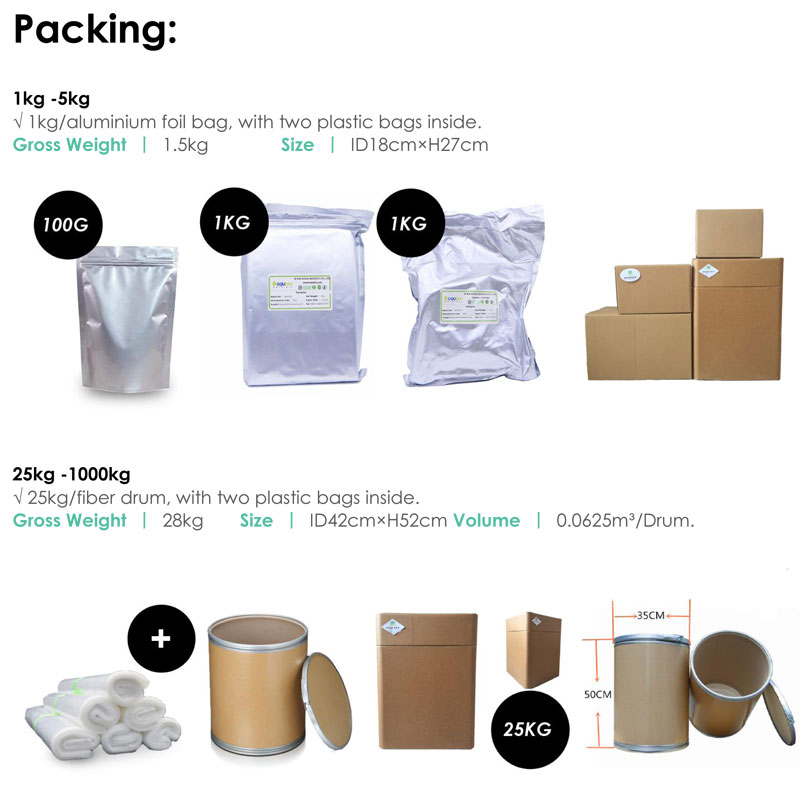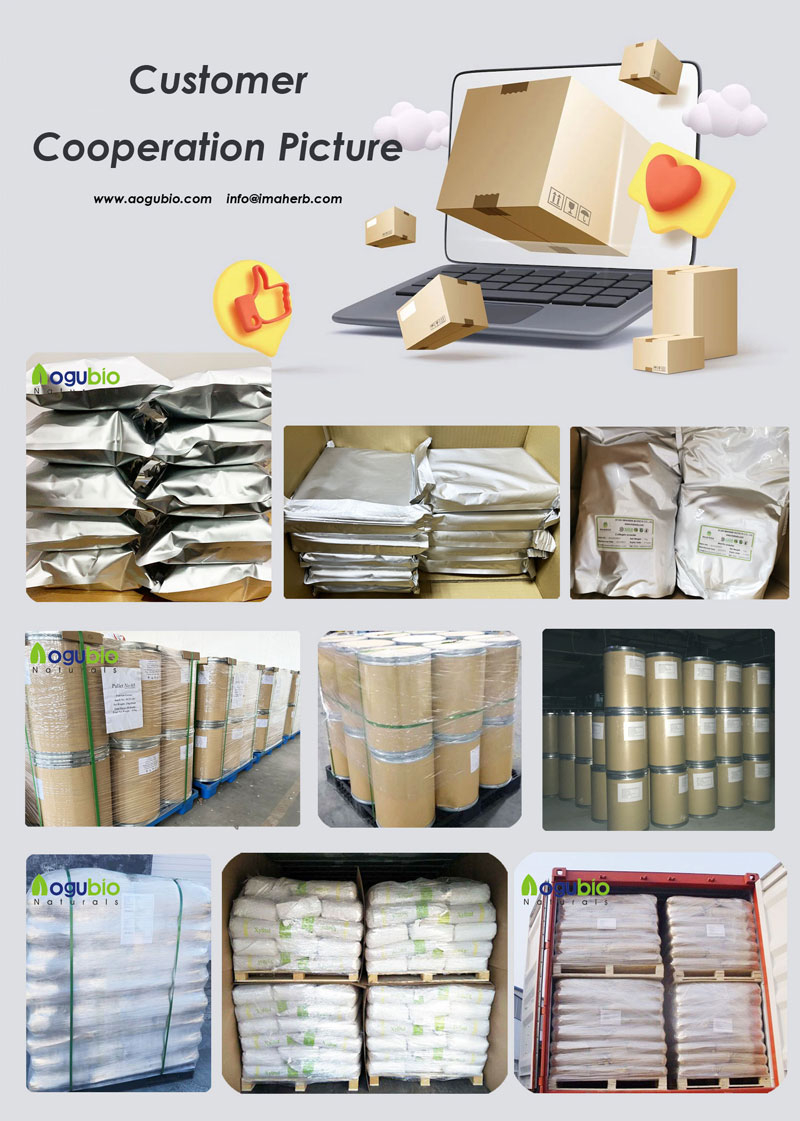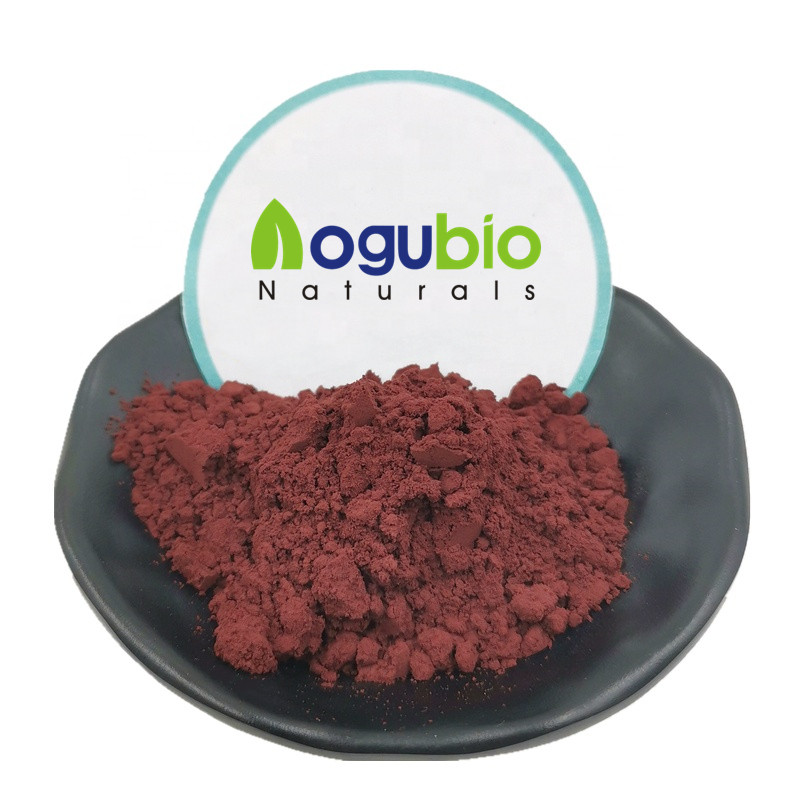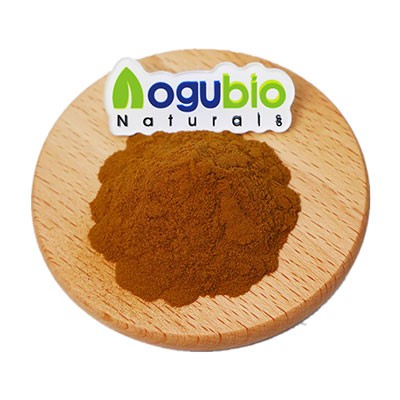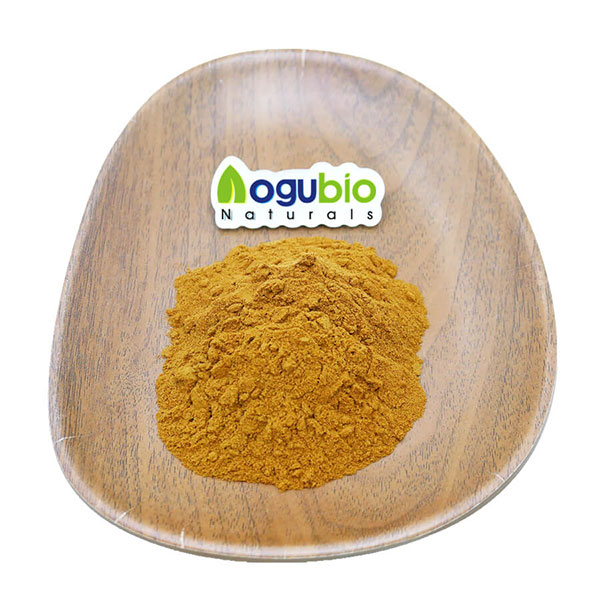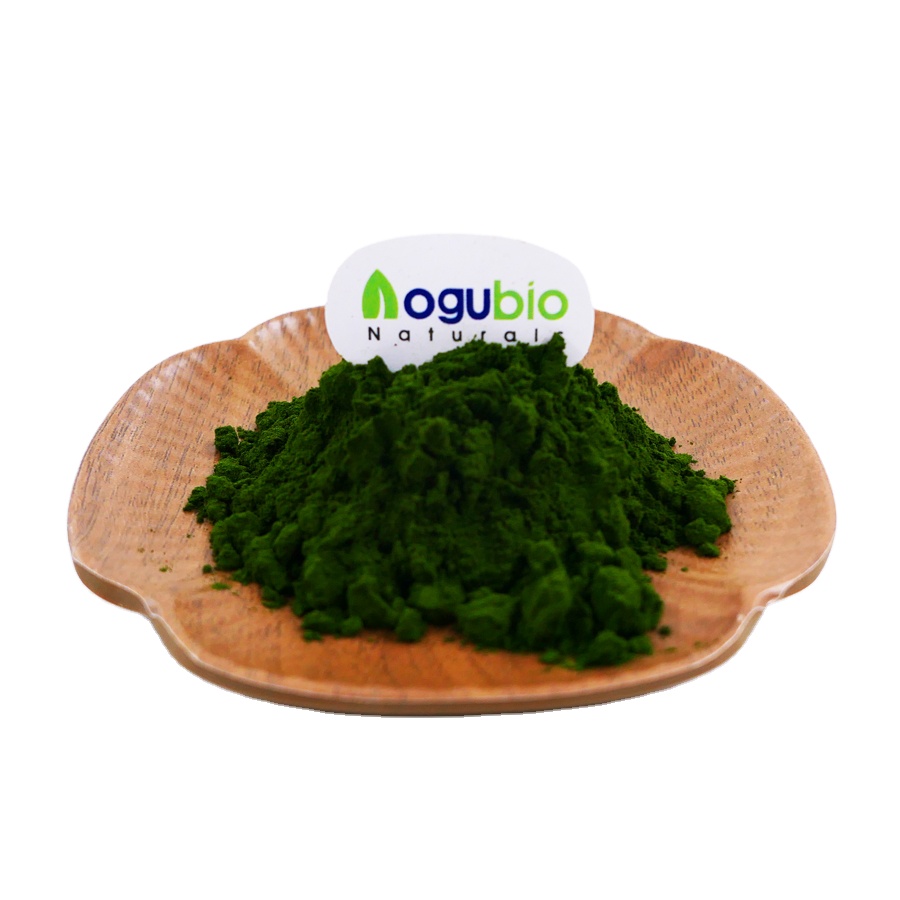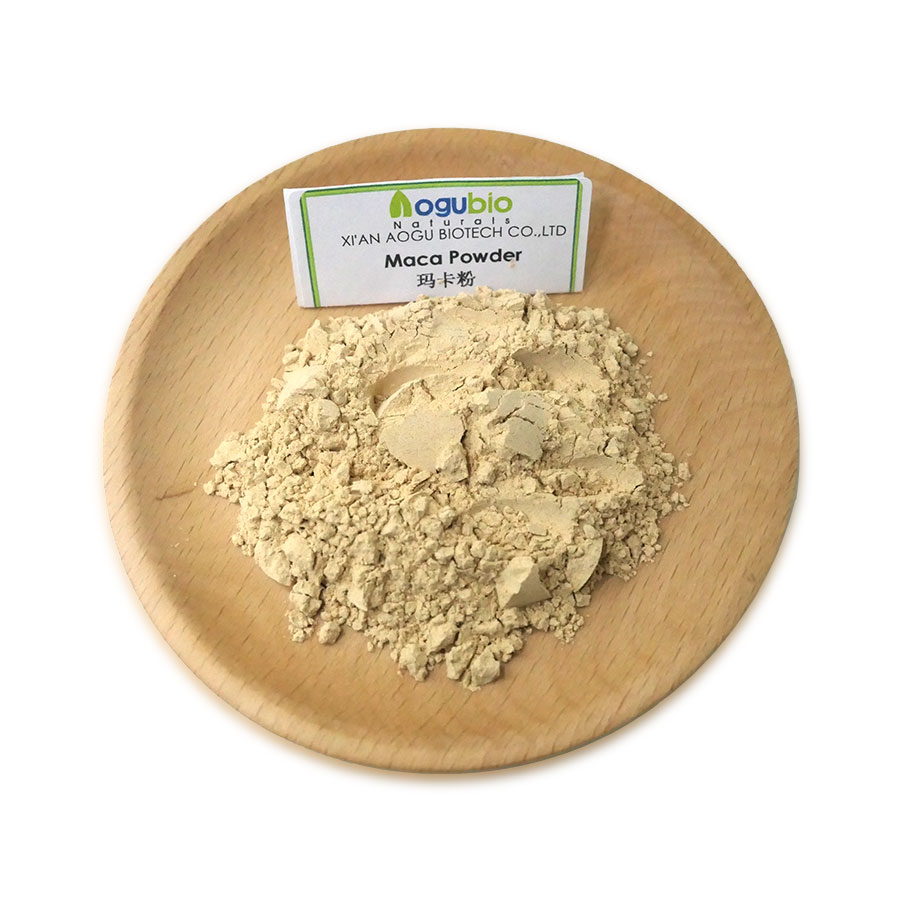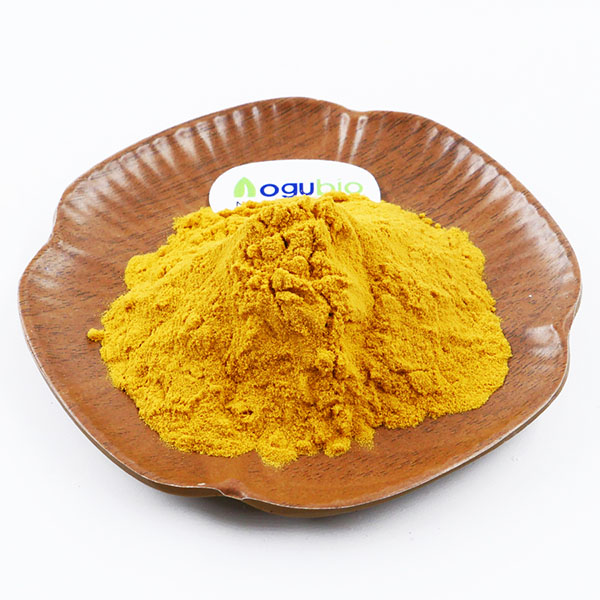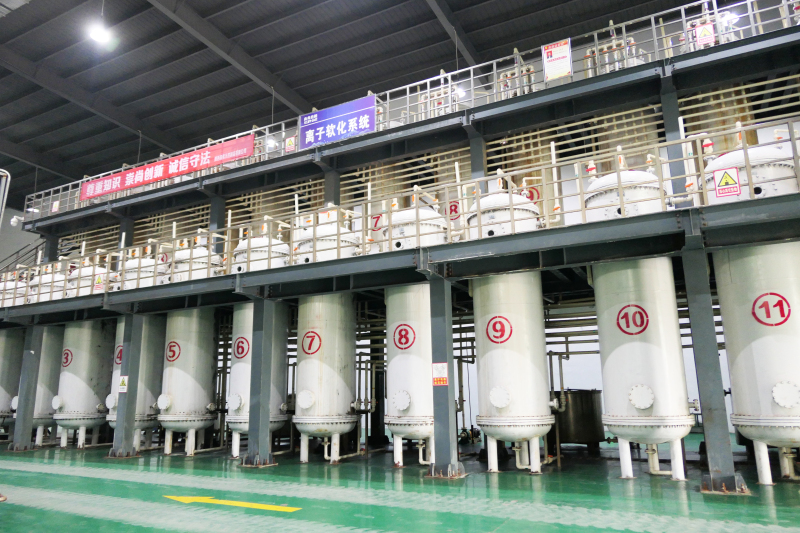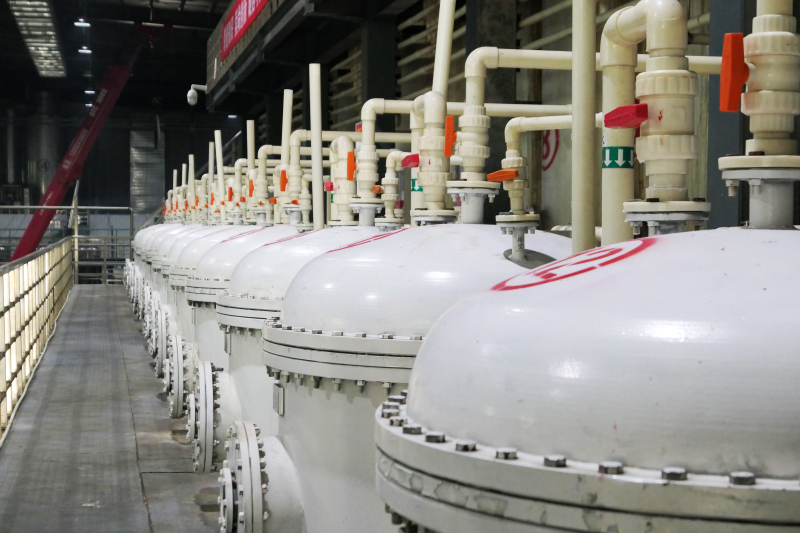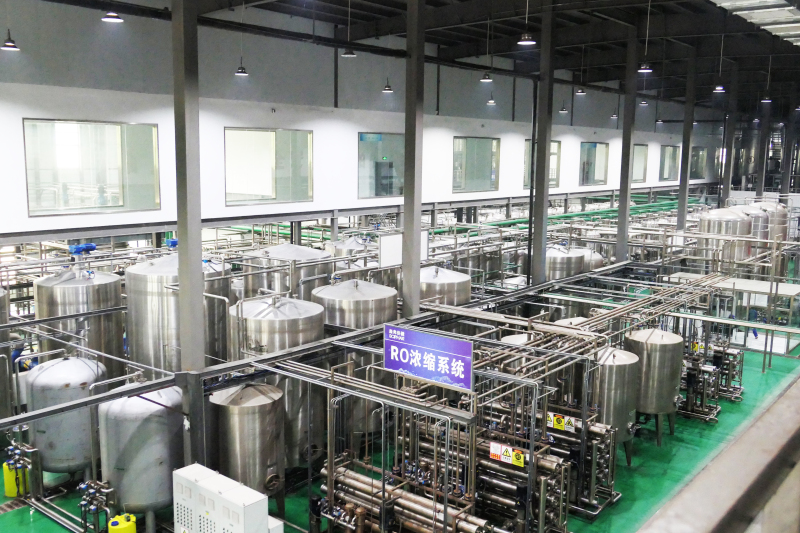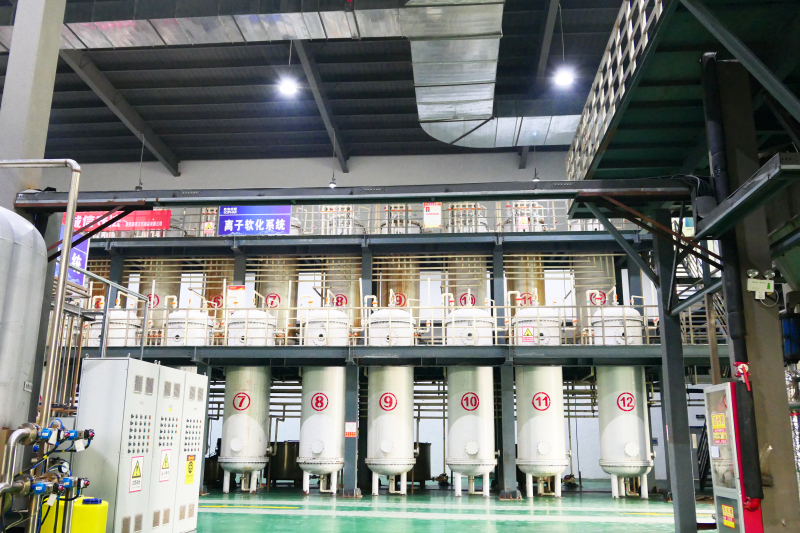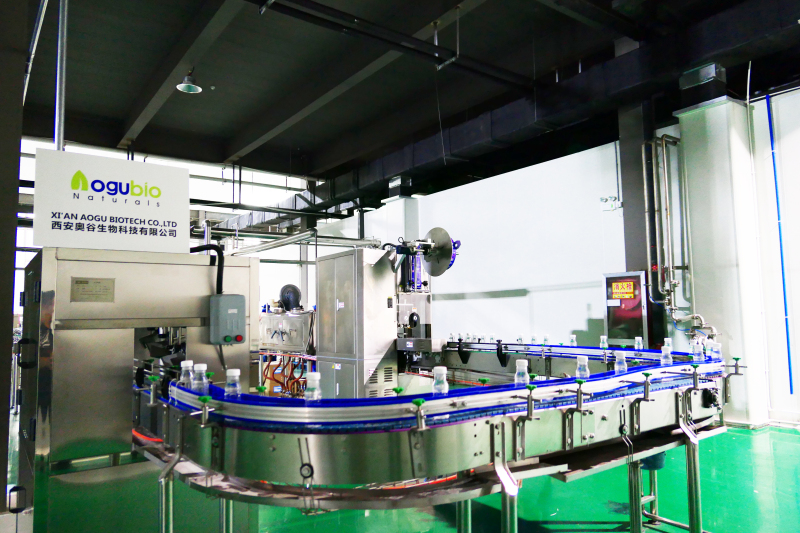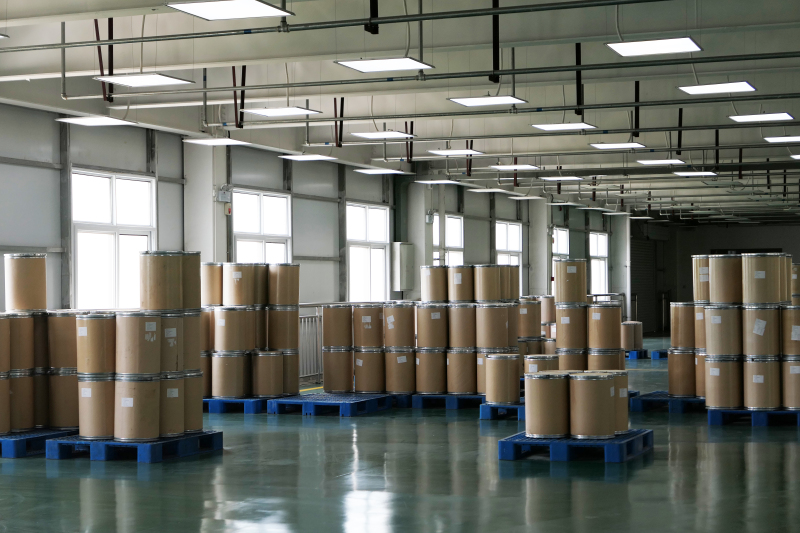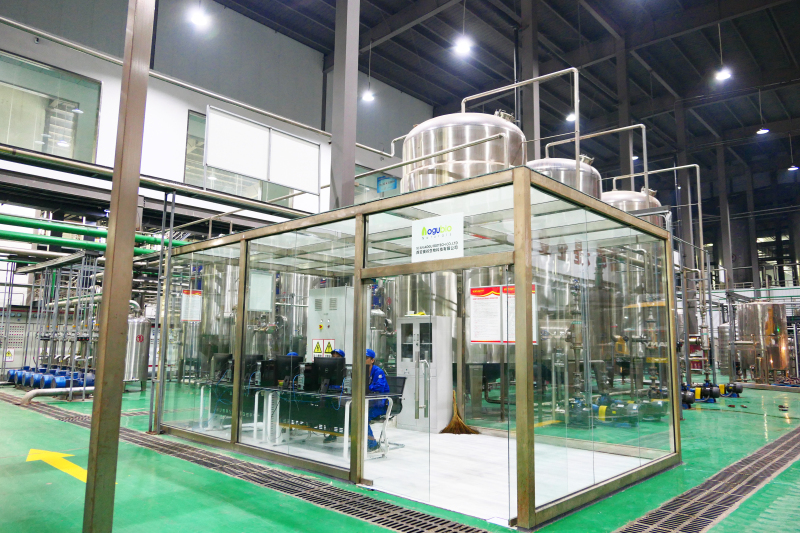Free sample high quality red yeast rice extract
What is Red Yeast Rice extract?
Red yeast rice extract is a natural product made from indica rice that has been fermented with the red mold Monascus purpureus. It is popular in China, where it has been used for centuries as food and medicine.
Red yeast rice extract is a popular ingredient in many Chinese dishes. For example, it is a food additive in Beijing roast duck, ham, juice, and so on. Red yeast rice extracts are also used in cosmetics and skincare products in the conditioner for pregnant women. In addition, they are made into dietary supplements to lower blood levels of cholesterol and related lipids. CIMA mainly provides functional red yeast rice extract.
Is Red Yeast Rice Extract a Drug or a Nutritional Supplement?
The answer, confusingly, is both. Monacolin K is the most important ingredient in red yeast rice extract, which helps lower cholesterol.
Constituents of red yeast rice extract
More than 101 chemical constituents were isolated from red yeast rice, including monacolin, pigment, organic acid, sterol, naphthalene derivatives, flavonoids, polysaccharides, and so on.
Functional red yeast rice products contain a substance called Monacolin K, and the natural monacolin K is greater than 0.4% red yeast rice. This is the most effective naturally occurring statin currently available. Like most statins, it lowers cholesterol levels in the blood by reducing the amount of cholesterol produced by the liver. Like most statins, it lowers cholesterol levels in the blood by reducing the amount of cholesterol produced by the liver.
Red Yeast Rice Forms and Specifications
Aogubio offers red yeast rice powder and granules in specifications of 0.4%, 1%, 1.5%, 3%, 4%, 5%.
Monacolin k Introduction
Monacolin K exists in two forms: closed-loop lactone type (figure A) and open-loop acid type (figure B).

Lactone monacolin K was more stable than acid type. Monacolin K changes from acid to lactone in acidic environments. Monacline K of lactone type is less water-soluble than monacline K of acid type, and it is easy to crystallize or precipitate. Monacolin K degradation was induced by heating, and there was little difference between acid and lactone monacolin K degradation. Light intensifies the decomposition of Monaclin K. Acidic Monaclink is most similar in structure to HMG-COA reductase in the human body and forms a competitive mechanism with it to effectively inhibit cholesterol synthesis in the human body. Lactone monaclin K requires the binding of hydroxyesterase in the human body to inhibit cholesterol synthesis. There are differences between individuals and their ability to produce hydroxyl esterase is different, so acid monacline K is better than lactone monacline K in the human body.
Monacolin K VS Lovastatin
Monacolin K is not identical to lovastatin. Monaclink comes in two forms, lactone, and acid. The lactone form of monacolin K and lovastatin are the same chemical. Lovastatin is the active ingredient in several medicines approved by the European Union to treat hypercholesterolemia.
Monacolin K and lovastatin are rapidly converted from their lactone to an identical hydroxy acid (HA) form, the latter being responsible for inhibiting the HMG-CoA reductase enzyme involved in the biosynthesis of cholesterol. While the acidic form naturally occurs in RYR, in the case of lovastatin, its generation requires conversion from the lactone form.
Red yeast rice with coq10
Red yeast rice naturally contains compounds similar to those found in statin drugs, which are commonly prescribed to treat high cholesterol. Statins can interfere with levels of Coenzyme Q10 (CoQ10), a nutrient vital for heart and muscle health. Low levels might also exacerbate specific symptoms associated with these treatments. Because of their similarity, some concern exists that red yeast rice could also alter CoQ10 levels, based on the University of Maryland Medical Center.
Red yeast rice Manufacturing Process
Sterilization, seed culture medium, red yeast rice fermentation, drying are the key quality control points:
- Sterilization: sterilization at 121 degrees for 20 minutes
- Seed culture medium: pure seed culture is required, and the temperature is 30 degrees, and the culture time is 48 hours.
- Fermentation of red yeast rice: temperature 30 degrees, humidity 60-90%, to prevent contamination of miscellaneous bacteria in the fermentation process.
- Drying: time is 12-14 hours, and the temperature is 110 degrees.

Health Benefits of Red Yeast Rice Extracts
- Help for High Cholesterol
The natural supplement red yeast rice has been shown to lower high blood lipids and cholesterol levels. The ingredient Monascus (Monas) can block an enzyme that helps form the potentially harmful compound known as LDL cholesterol while at the same time promoting more healthy HDLs in your body. Studies show this extract alone or with other supplements improves overall health for those who have dropped below 140 mg/dL on their tests.
- Help with osteoporosis syndrome
Scientists found an element called ergosterol in red yeast rice extract, a precursor of fat-soluble vitamin D2, which is then converted to vitamin D2 under ultraviolet radiation. Vitamin D2 is known to promote the absorption of calcium and phosphorus.
- Help to lower blood pressure
It’s researched that the element GABA exists in the fermentation broth of red yeast rice, and can help to lower blood pressure.
- Anti-Cancer and Protect the kidney
Monacolin K can reduce the mitotic index of cancer cells and activity of Na+-K+-ATP enzyme, and inhibit the growth of cancer cells. Pharmacological studies have shown that Monacolin K has a significant inhibition of mesangial cell proliferation and extracellular matrix secretion. So it has the function of protecting the kidneys.
Safety of Red Yeast Rice Extracts
- High proportion of acid form Monacolin k, which has fewer side effects than lactone form. Acid form VS lactone form is 80:20,
- Citrinin free
- Irradiation Free
- 100% Solid Fermentation, which ensures less bacterial contamination.
Applications of Functional Red Yeast Rice Extracts
– As the additive of dietary supplements and healthcare food to lower cholesterol, also some supplement products also use it to combine with other ingredients, for example, bone-protecting products combining red yeast rice extracts with organic acid calcium; Menopausal Syndrome treating products combining red yeast rice extracts with plant hormone.
– Medical uses.
